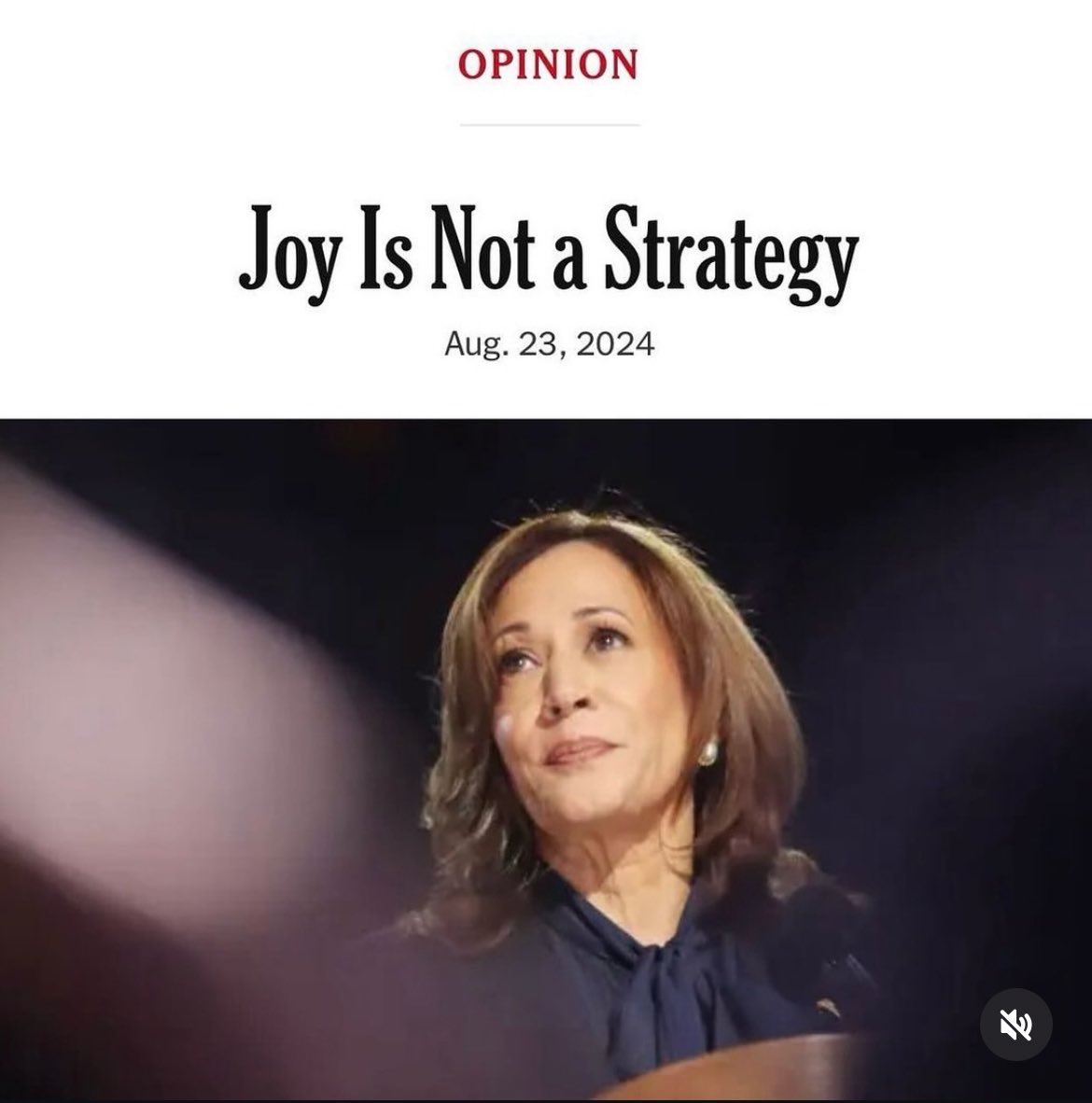This is not a political post but me sharing the thoughts in my head. I had actually saved this image from a New York Times article on the day after the conclusion of the Democratic National Convention. Even as a Canadian, I watched with great interest and curiosity to assess the strategy of the words and speeches used and the atmosphere created.
The reason I am sharing today? The results of the Edelman Trust Barometer special report on Trust at Work. There was some really interesting research done connecting Economic Optimism to Employee Engagement, Employer Advocacy and Loyalty. Those who are optimistic have more trust, more loyalty, are more engaged and are more likely to advocate for their organizations.
What if Joy was a Strategy… or at least the planned and purposeful outcome of a strategy to drive intended results?
A few years ago, I was introduced to David Hawkins Map of Consciousness. He was a psychiatrist and author who measured energy against a variety of emotions. The result was a map of emotions from high energy to low energy. At the top – Enlightenment, Peace, Joy, Love and at the bottom – Shame, Guilt, Apathy and Grief. Further research correlated low energy emotions as creating depression and despondence versus high energy emotions creating influence and inspiration.
Maybe, as communication professionals and leaders, we need to create more hope, positivity and joy versus fear and guilt in order to drive results?
Our conversations must be honest, authentic, factual and transparent, yet can we drive more optimism about what is possible even in tough circumstances? We’re not talking about lying or spinning the message but providing a more balanced perspective.
Call me an optimist but I believe that most people are doing their best. Most want to work with peers and leaders that genuinely care.
When talking about what isn’t working, can we talk about what is working?
When talking about laying off 10% of the workforce, can we also focus on the 90% that are staying?
When talking about divesting from specific areas that are in decline, can we also talk about where we are investing and why?
As communication professionals, we must take into consideration the emotions that are unleashed through the communications we share and understand the potential impacts to engagement and results.
Written by Priya Bates




